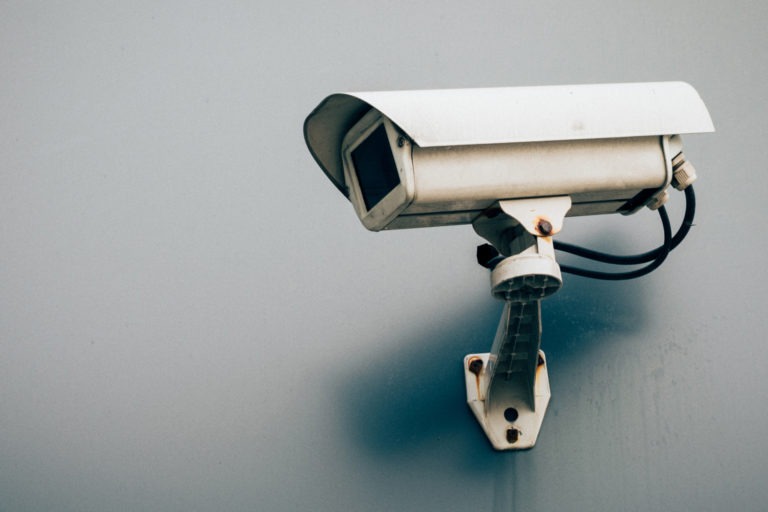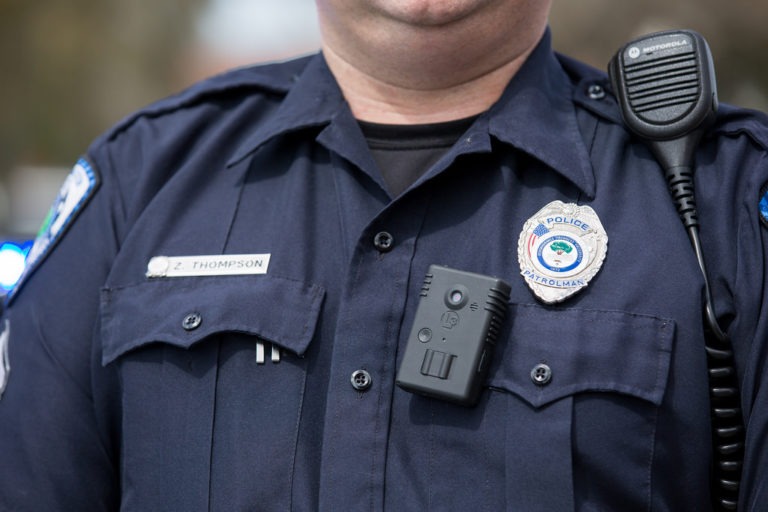There are a number of major security-tech trends influencing the wider security market that we will hear more about throughout 2019. I, Philip Ingram, MBE discuss these trends with Johan Paulsson, CTO of the sizable Axis Communications, and gain a few other insights from his interactions around the wider security community.
AI integration to grow
“As AI technology becomes more affordable, more accurate and less processing power hungry, we will undoubtedly see more real-world applications in action,” said Johan. “AI is already having a significant, positive impact. In other areas, progress is even steadier; video surveillance for example. In our industry today, machine or deep-learning is mostly used for video analytics, but we expect the technology will be an important component in many different applications and products in the future.” Johan explained.
AI is becoming even more critical in the cyber-security world. It is the most-desired feature when it comes to network and cloud security, especially with the increased proliferation of IoT devices that have dubious security standards at best, but are growing the potential attack surface for networks at an exponential rate. One such organisation exploiting AI capability in the cyber environment is a company called, Darktrace. The company has an Enterprise Immune System that ‘learns a unique pattern of life’ for every device and user on a network and can quickly spot any ‘out-of-character’ behaviour.
Facial recognition tech getting recognition
As processing power improves alongside wider network integration, the value of biometrics is improving; especially in the area of facial recognition. There are obvious applications for public safety and homeland security that can leverage the power of facial recognition, appearance searching, and behavioural analysis to help spot crimes and enable a faster prevention-based response. One area in the UK where this technology is being tested is in the prison system. Nick Fisher, CEO of Facewatch spoke on the subject: “Currently, accessing a prison as a visitor can be a time-consuming administrative process, as most prisons still operate on a paper-based system. The Facewatch platform will enrol visitors digitally in less than a minute and all subsequent visits are verified instantly using our facial recognition technology.”

CCTV security cameras are going to be used in many more environments —such as industrial and construction sites— to look for any anomalies that could have health and safety implications or affect the manufacturing process. Camera technology will have wide-ranging applications well beyond their security surveillance role. The new tech can also allow smarter sensor integration to prompt appropriate actions.
Johan gives an example of the Axis’ thought process on cameras: “For instance, in a smart city, a motion sensor connected to a barrier could trigger a camera which, in turn, would trigger an alert in the operations centre, allowing for a rapid and appropriate response. Or an environmental sensor could again trigger a video or thermal camera to quickly identify fires or spillages, again prompting alerts which will create a more rapid and effective response. When the range of sensors are considered – from thermal to motion, from atmospheric to video – the ways in which they could be combined are endless, as are the potential benefits of doing so.”
5G to enhance security tech
The rollout of 5G communication capabilities through 2019 and beyond, will likely have a huge impact on the security-tech market. The 5G network is designed for large quantities of data, and some analysts say it will likely be up to 1000 times faster than the current 4G network. One area this will have a huge impact on is the Body-Worn Camera Market. 5G will enable live streaming to operations rooms and allow AI and biometric analytics to work on live footage, passing results back to the wearer.
The global body-worn camera market is already booming
The global Body-Worn Camera Market is already growing without 5G technology. Here’s a quote from the global Body-Worn Camera Market report for 2018, “The Body-Worn Camera market size to maintain the average annual growth rate of 60.91% from $60 Million in 2014 to $250 Million in 2017 and analysts believe that by 2022, the market size will reach $1400 Million. The major driving factor for the growth of the body-worn camera market is increasing the need for accountability and transparency when dealing with members of the public.” Add into this mix the power AI and 5G will bring to it and I think these predictions could be slightly on the low side.

The final trend builds on one of the more Dr. Suess-ian speeches a politician has ever made, “There are known knowns; there are things we know we know. We also know there are known unknowns; that is to say we know there are some things we do not know. But there are also unknown unknowns- the ones we don’t know we don’t know.” This speech was delivered by former US Defence Secretary, Donald Rumsfeld, in 2002, but it is applicable to security trends today. Who would have predicted the use of an undetectable, deadly nerve agent on the streets of a sleepy English city? The nerve agent, Novichok, was used in an attempt to assassinate the ex-Russian spy, Sergei Skripal. The man survived and has largely recovered since the incident.
So what novel security threat will 2019 have to offer? What is certain is, it is likely an “unknown unknown”.



